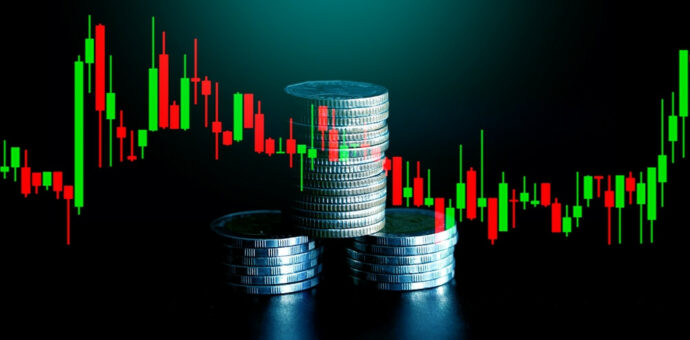The use of money is undergoing a major transformation with the increasingly digitized economy. Fiat currencies like Real are about to gain their digital version through CBDCs, but stablecoins remain one of the best options on the market.
While most fiat money circulates in physical form in the financial market, stablecoins were created completely digitally. Backed by technologies such as blockchain, stablecoins have already established themselves in the crypto market.
Stablecoins like BRZ, for example, have their price pegged to a fiat currency. However, this digital representation of currency brings more functionality to money.
In addition to being used as a crypto asset investment, stablecoins are a refuge from large price fluctuations of even other fiat currencies. More than US$ 175 billion in stablecoins are currently circulating on the market.
Use of stablecoins
Stablecoins are among the most commonly used crypto assets by crypto market users for payments. With a stable price and a quotation pegged to a fiat currency, this digital currency allows purchases to be made without fluctuating asset prices.
Moreover, payments with stablecoins have lower fees than other conventional means, such as credit cards. For retailers, receiving in stablecoins also serves as purchase protection, as the transaction cannot be reversed.
Using stablecoins also means quick access to cash. Cash transactions can take days to clear, and using price-stable digital currencies should reduce this time to a few seconds for transaction confirmation.
This way, stablecoins can be used to send remittances rather than batches of money. By 2030, the remittance market is expected to grow to US$ 1.2 trillion.
Although CBDCs are under development worldwide, most fo them are not expected to use a distributed ledger. Meanwhile, most stablecoins are created through blockchain networks, where information management is fully decentralized. The CFO of Transfero, Carlos Russo, explained in this article that stablecoins are part of the future of money.







